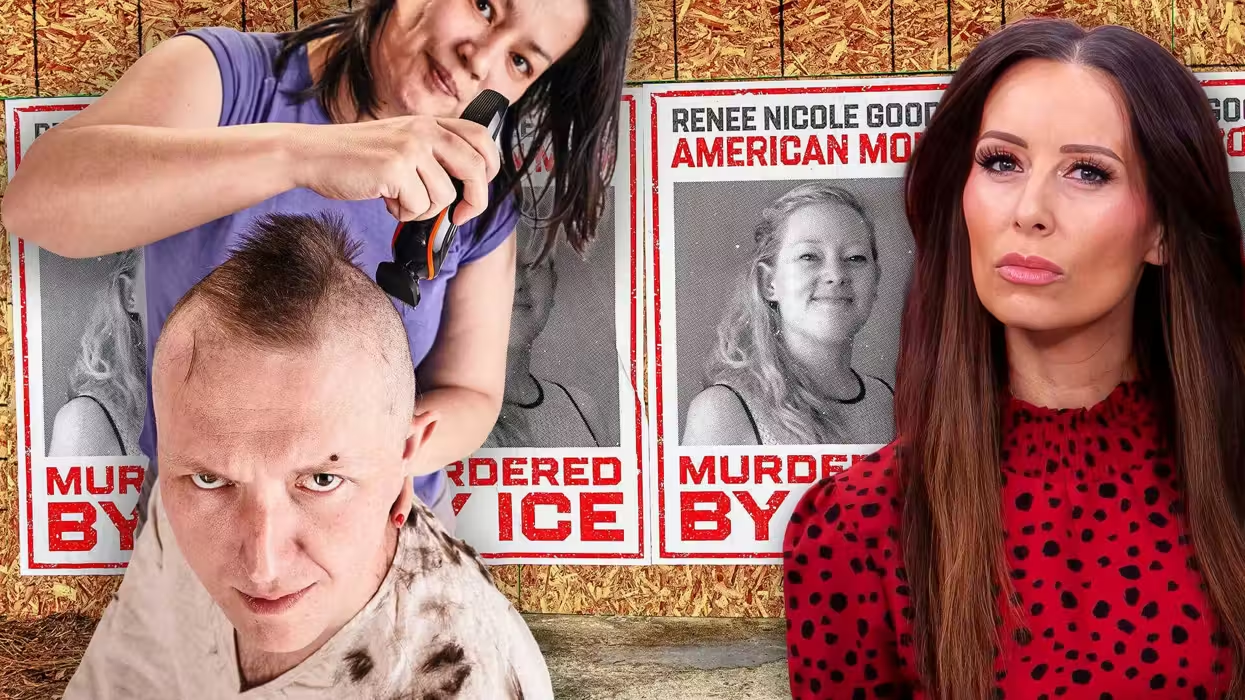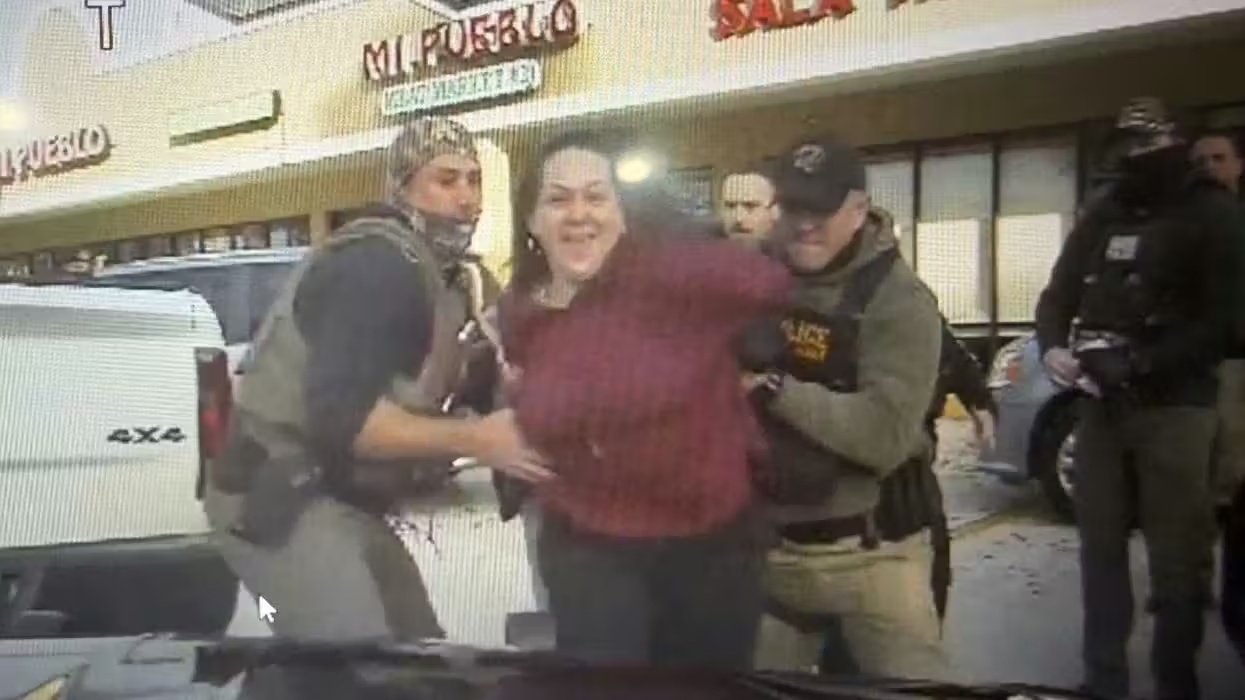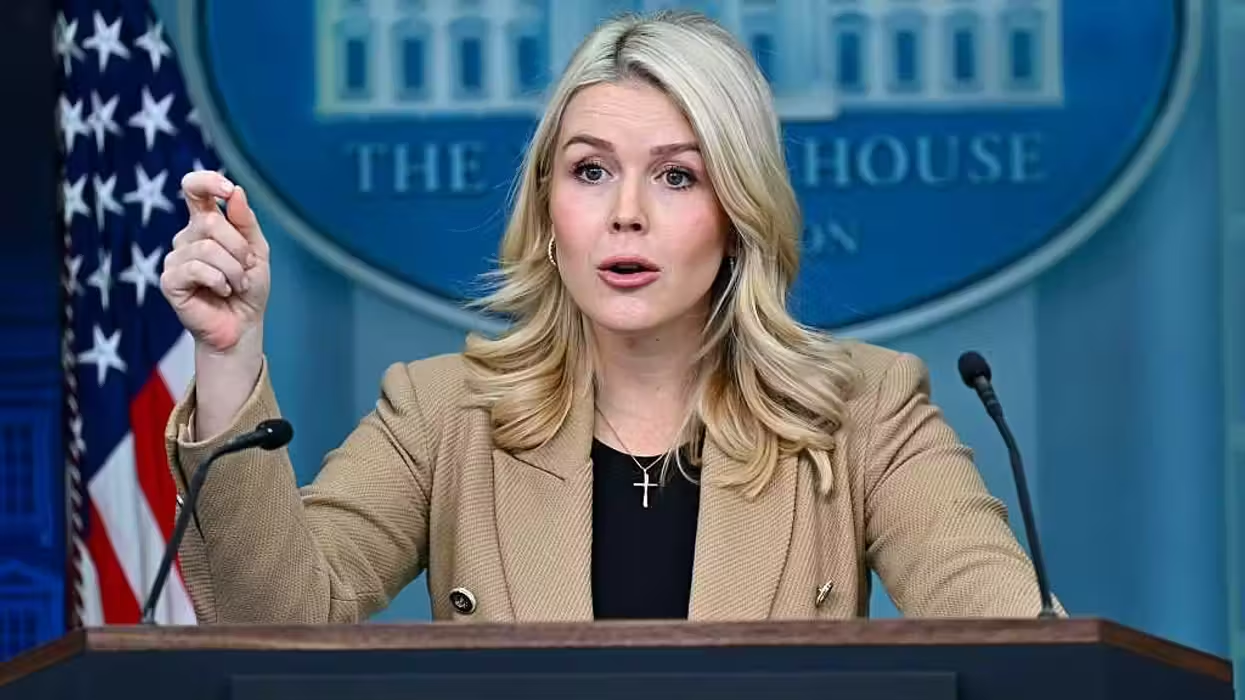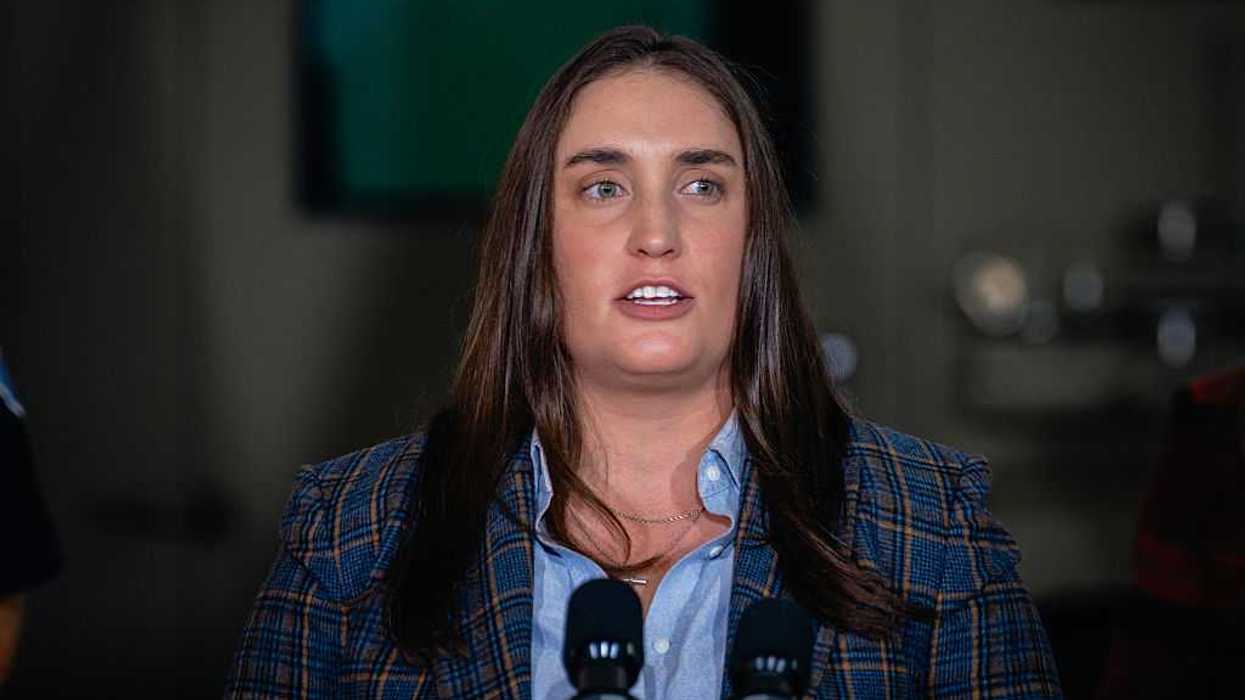
© 2026 Blaze Media LLC. All rights reserved.
"...there is an implied promise that what you're seeing is real."
Last week, BBC's Frozen Planet, narrated by famed zoologist David Attenborough, came under fire when it was revealed that a scene of a polar bear and her two newborn cubs was staged in a zoo. In the following days the Daily Mail reported other scenes that were not filmed with the animals in their natural environment, including one of a caterpillar crawling around in a wintry scene that really took place in a box.
More recently, The Sunday Telegraph conducted an investigation and found several more faked scenes in various BBC productions.
The Telegraph reports that by not including notice of faked scenes in the actual footage or the credits, BBC could be going against its own policy. Here are a list of some of the fake wildlife set-ups as revealed by the Telegraph:
- Tragopans - a kind of pheasant purportedly living in a Chinese forest -- actually filmed in a wildlife park in Somerset for the series Wild China
- Clown fish shown hatching from eggs in David Attenborough’s Life series in 2009, in the ocean were in fact filmed in a tank built by Swansea University as part of a research project
- A chameleon in Attenborough’s Life in Cold Blood in 2008 shown in the forest actually filmed in a studio as were leopard geckos shown mating in the desert
- A stalk eyed fly, described as lying “dormant on the forest floor” in Life in 2009, was filmed not in a south east Asian rainforest but in a BBC studio
The Telegraph goes on to note that BBC's transparency policy states: "Audiences should never be deceived or misled by what they see or hear.”
BBC has maintained that details of certain footage, including the polar bear scene on Frozen Planet, are disclosed on its website. The Mirror also reported Attenborough as defending the staged scene by comparing BBC documentaries to movies.
But for Chris Palmer, a wildlife filmmaker and author of "Shooting in the Wild: An Insider's Account of Making Movies in the Animal Kingdom", the line between documentary and movie should not be blurred. In an interview with The Blaze, Palmer, who also founded the Center for Environmental Filmmaking and is a professor at American University, described what he thinks should have been done in BBC's case and explains situations where staging scenes in documentary films have an appropriate place.
Palmer has been making films for about 30 years and said there are three ugly things that sometimes happen in wildlife filmmaking: lack of conservation, audience deception and animal abuse.
BBC's actions in not disclosing the staged scenes more obviously in the film, Palmer said, violated a sense of trust audience members have in documentary films.
"This film is a documentary, not a movie," Palmer said. "When people look at a documentary, there is an implied promise that what you're seeing is real."
Palmer explained his thoughts further in an email stating that fakery is a common facet of wildlife films, including fraudulent sound, animals from game farms and computer graphics. But, he says that it should be either noted in the credits or in a scroll at the bottom of the scene. This recommendation is what others have suggested since news of BBC's fakery with the polar bear and cubs in episode five of the series.
Palmer himself said that he has staged scenes, including in an Irish film on wolves where some of the wolves he used were rented. He disclosed this information in the credits, which he acknowledged that people rarely watch.
Why are faked scenes used? Not only is it very difficult to capture animals in the wild, Palmer said, but there are some scenes where the animals should not be disturbed. Polar bears in the cave with cubs would be one of them.
"Sometimes staging does make sense and there is nothing wrong with it," Palmer said. "As long as animals aren't hurt or harassed...and the staging event isn't hidden from the viewer, then there is no problem."
Palmer wrote in his extended thoughts on the subject to The Blaze that had BBC been even more upfront with the scenes, it would have been even more beneficial for the show:
Labeling the zoo footage would also have reminded viewers that the BBC has the highest possible standards and that everything not so labeled (virtually the whole film) was filmed in the wild under severe and punishing conditions worthy of applause and acclamation.
The Mirror reports that Attenborough is already disclosing information in an upcoming documentary about penguins to avoid further scrutiny. In the film, Attenborough says he follows the story of one male penguin, when in fact there are multiple penguins playing the role.
Want to leave a tip?
We answer to you. Help keep our content free of advertisers and big tech censorship by leaving a tip today.
Want to join the conversation?
Already a subscriber?
more stories
Sign up for the Blaze newsletter
By signing up, you agree to our Privacy Policy and Terms of Use, and agree to receive content that may sometimes include advertisements. You may opt out at any time.
Related Content
© 2026 Blaze Media LLC. All rights reserved.
Get the stories that matter most delivered directly to your inbox.
By signing up, you agree to our Privacy Policy and Terms of Use, and agree to receive content that may sometimes include advertisements. You may opt out at any time.







